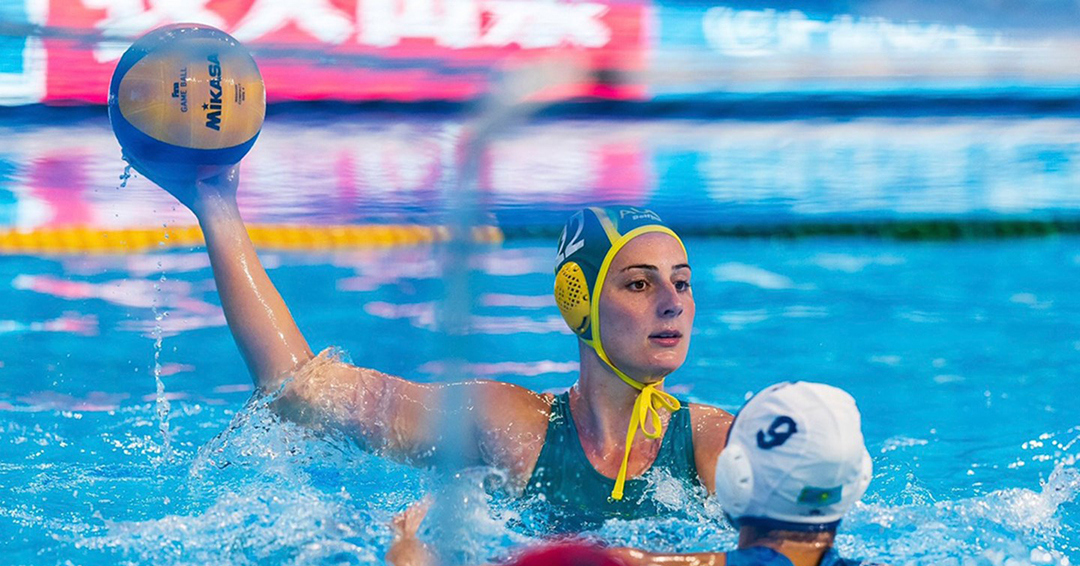
Sports of all magnitudes have been impacted by COVID-19 and the resurgence in the Black Lives Matter movement. We see popular sports are making appropriate changes to demonstrate that they are inclusive of all people and trying to protect their players from the virus.
A perfect example of this is the NBA. They are allowing their players to have social justice messages on the back of their jerseys when the season resumes in Orlando. They are also going to actively test for COVID-19 to try and limit the virus’ effect on the games.
The NFL is starting to think about the implications of the virus and is urging teams to take a look at Colin Kaepernick—an ex-NFL QB some say was blackballed by owners—and give him another shot to play.
But what no one talks about is the smaller sports and how they, under the covers, are also making the necessary changes to their organizations to promote diversity and limit COVID. One sport lurking the shadows and taking appropriate steps to remedy the sport’s problems is water polo.
For those unfamiliar, water polo is a mashup of swimming, football/rugby, soccer, and basketball. The games are played in a pool with a scaled-down soccer goal on each end of the pool.
To first address the diversity issue of the sport, I can confidently say that it is very, very white. I can’t even tell you the last time I saw a black person play with my own eyes—much less another player of my own ethnicity.
To prove my point, take one second to check out the graphic on the Team USA homepage. Can you spot one non-white athelete? How long did it take you? After watching the whole graphic, how many non-white people did you spot?
But while other big leagues don’t have to worry about increasing diversity at lower levels as they already have a relatively diverse fan base, water polo has to. Not only is the national team for the sport very white, the percentage of youth players that aren’t white is miniscule. While I do acknowledge many teams are starting to become more diverse as the sport’s popularity grows, it is a long way from being considered “diverse.”
To remedy this, USA Water Polo has recently implemented its own Racial Equity & Reform Task Force. This task force, currently made up of only two members, Brenda Villa and John Abdou (they are actively looking to add members), has set forth 4 objectives: zero tolerance for racisim and discrimination, increasing diversity, educating the water polo community regarding racism and discrimination, and providing resources. This is obviously a good place to start because frankly, for a sport this saturated, any place is a good place.
Like many sports, water polo has canceled tournaments because of COVID-19, including the annual Junior Olympics. This is the biggest tournament of the year where the top teams from across the country come down and compete for almost a week straight. It’s also a place where players can talk to college coaches and put themselves on display for recruiters. The tournament is now pushed back to December.
Now, while other sport leagues have made plans on their return, USA Water Polo has not.
While players of other sports have started practicing, whether it be going to the local courts to shoot hoops, the baseball diamond to hit a few homers, or a high school field to run some routes, it’s very hard to practice for water polo. It’s not like everyone has a pool in their backyard like a hoop in their driveway. And pools in Oregon aren’t opening up in many places, making it infinitely harder to practice.
That’s why teams like mine have had to improvise. This involves weekly Zoom meetings where we go over game film, practices where we all go swim and work out in a freezing lake, and even some dryland workouts that make us wish we were in freezing water instead.
With all this being said, it’s nice to know that every facet of the sports world is adapting to these trying times in some fashion. From $250 rings that test for COVID-19 to setting up a small task force to try and bring diversity into a sport, no sport, big or small, has been left untouched.
